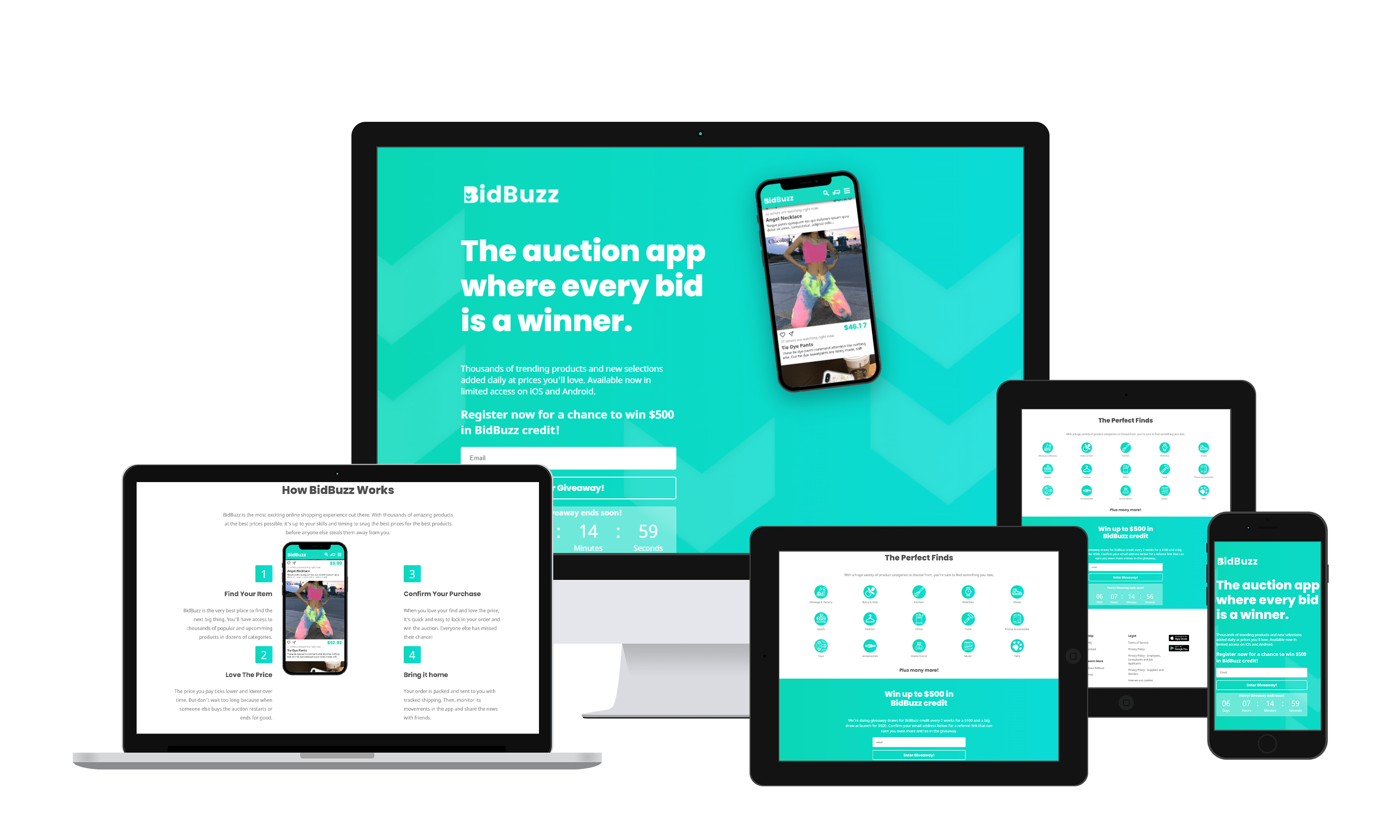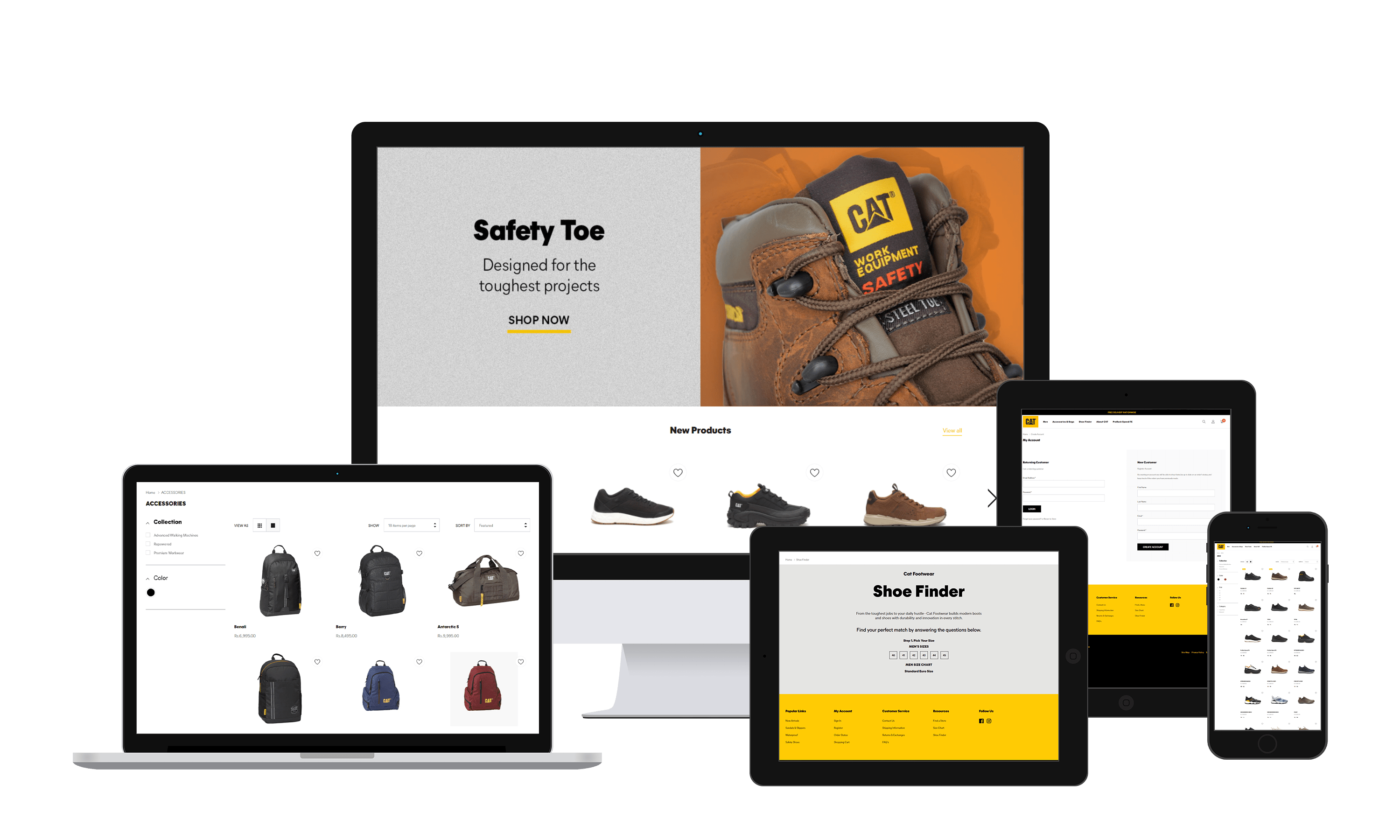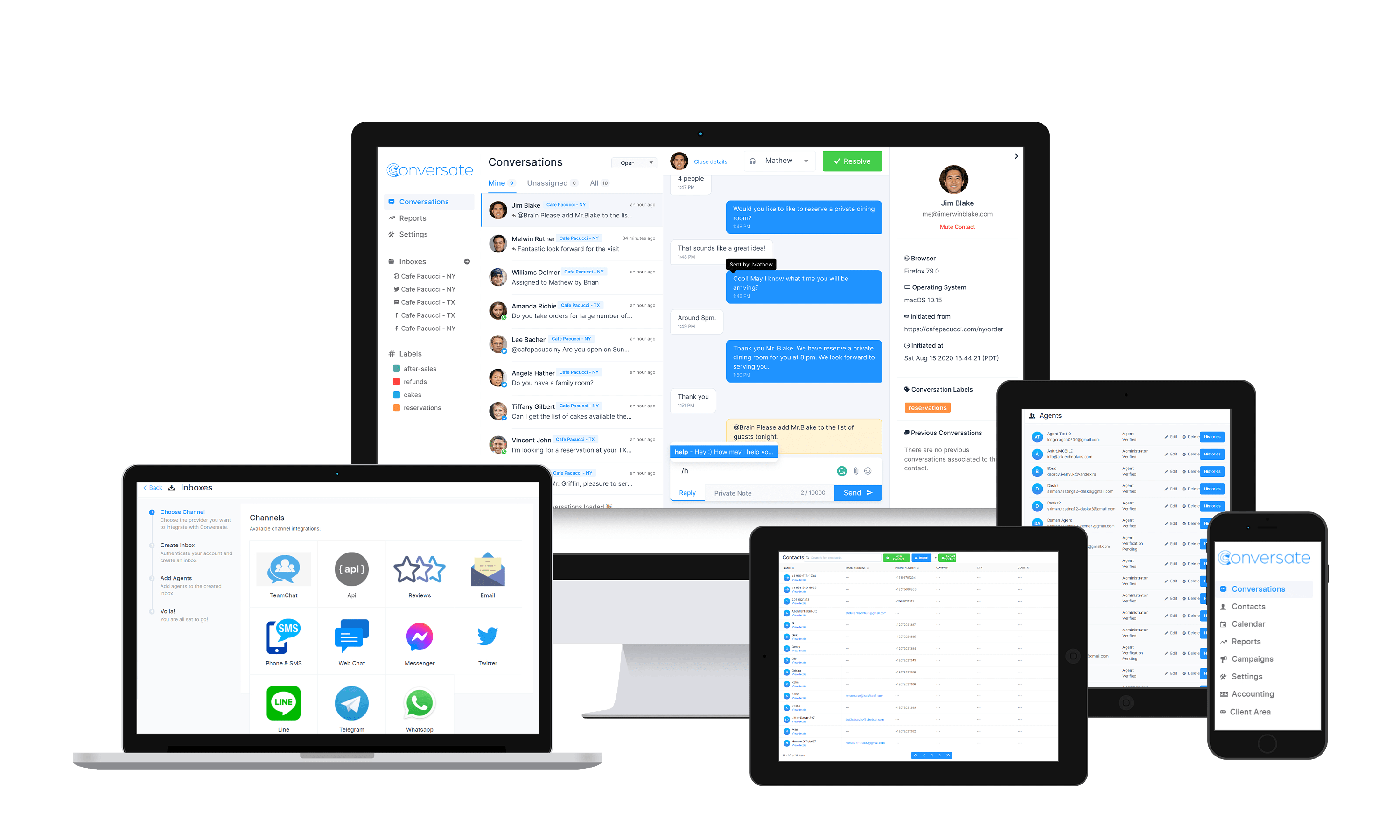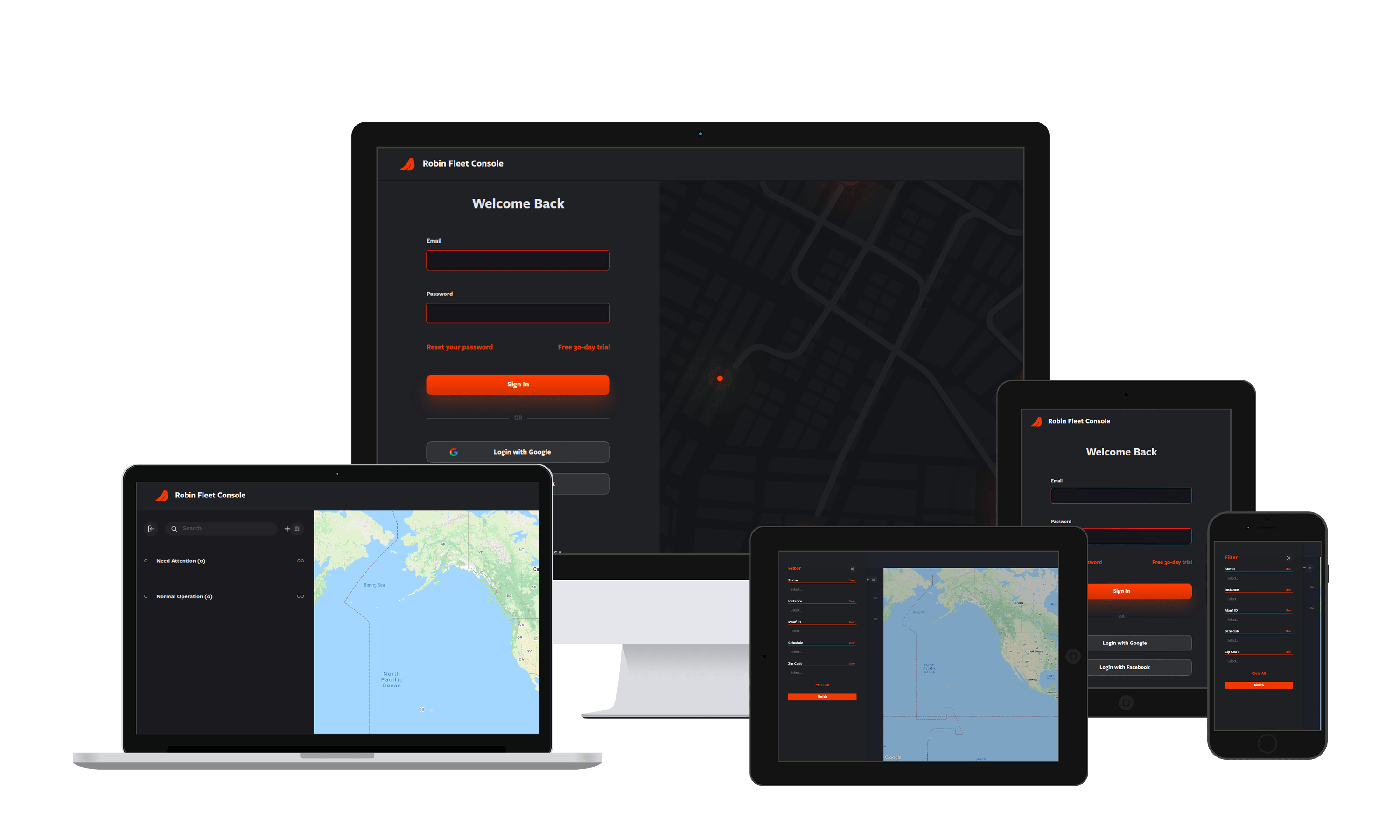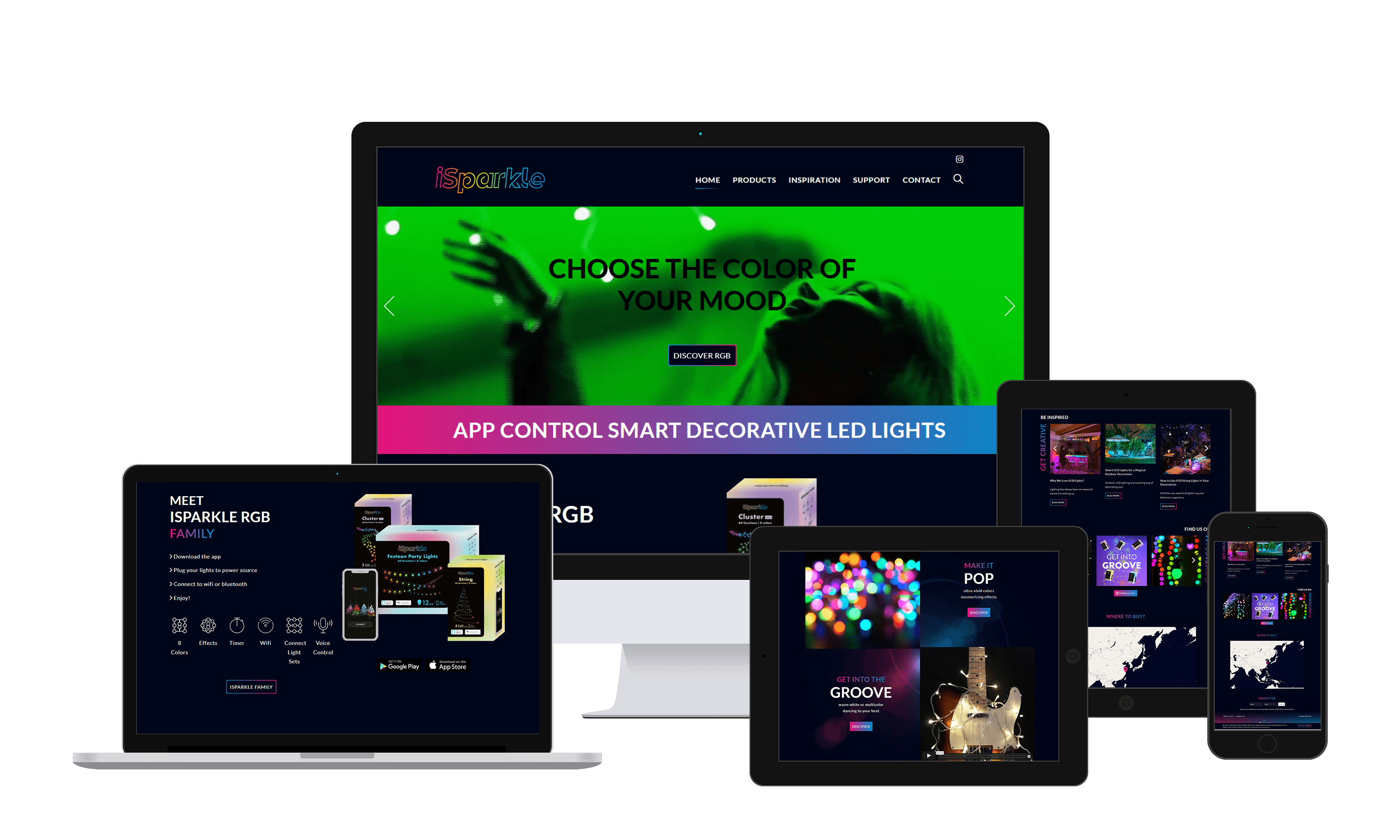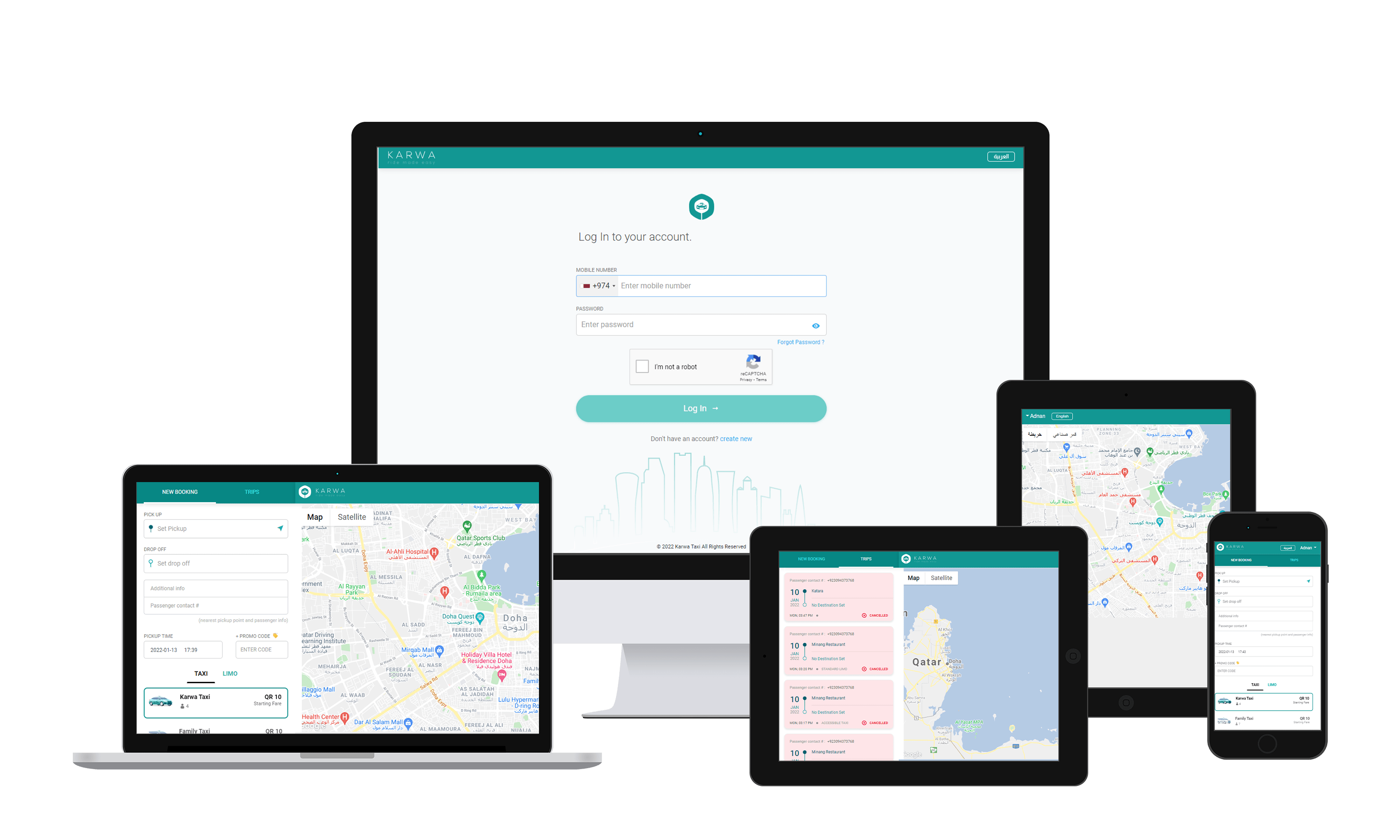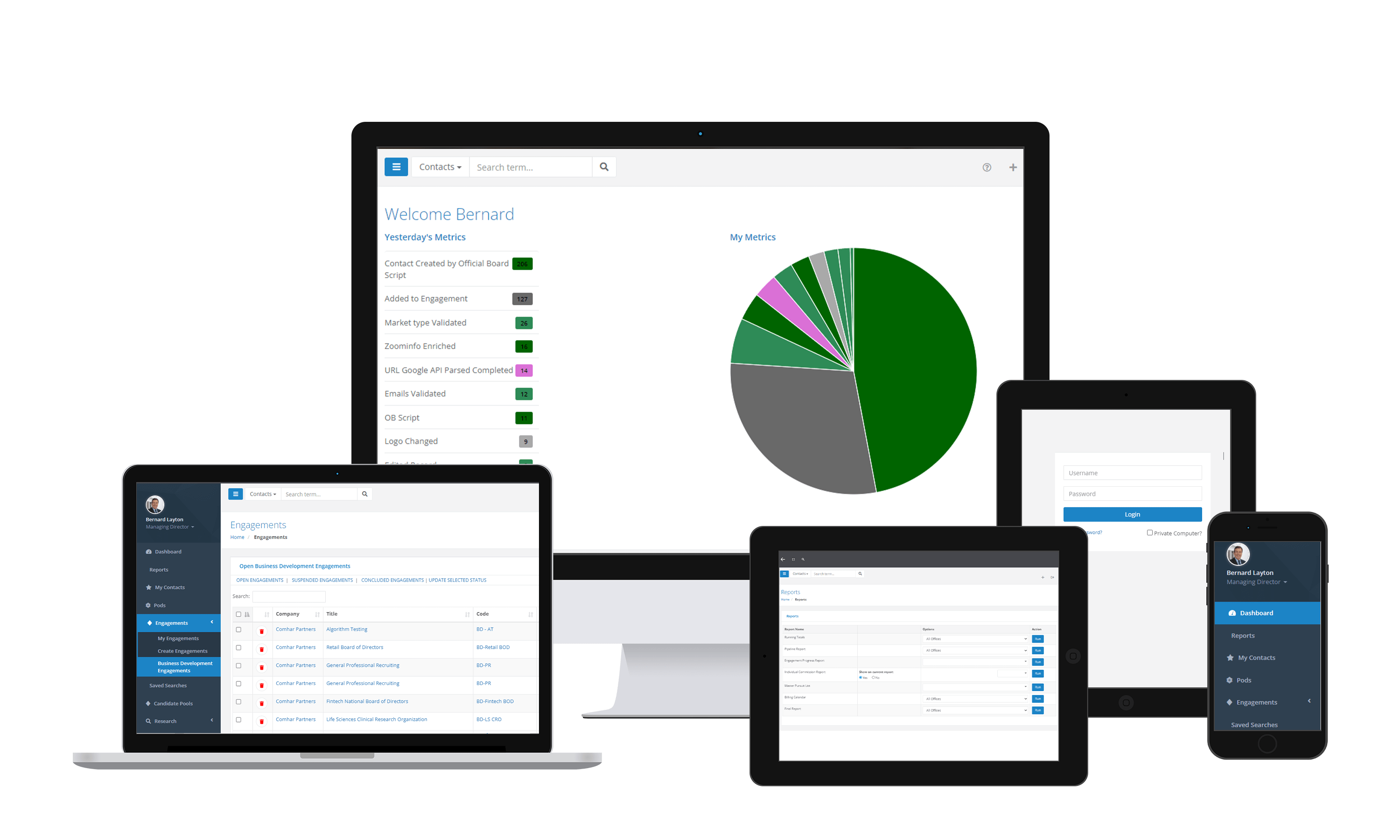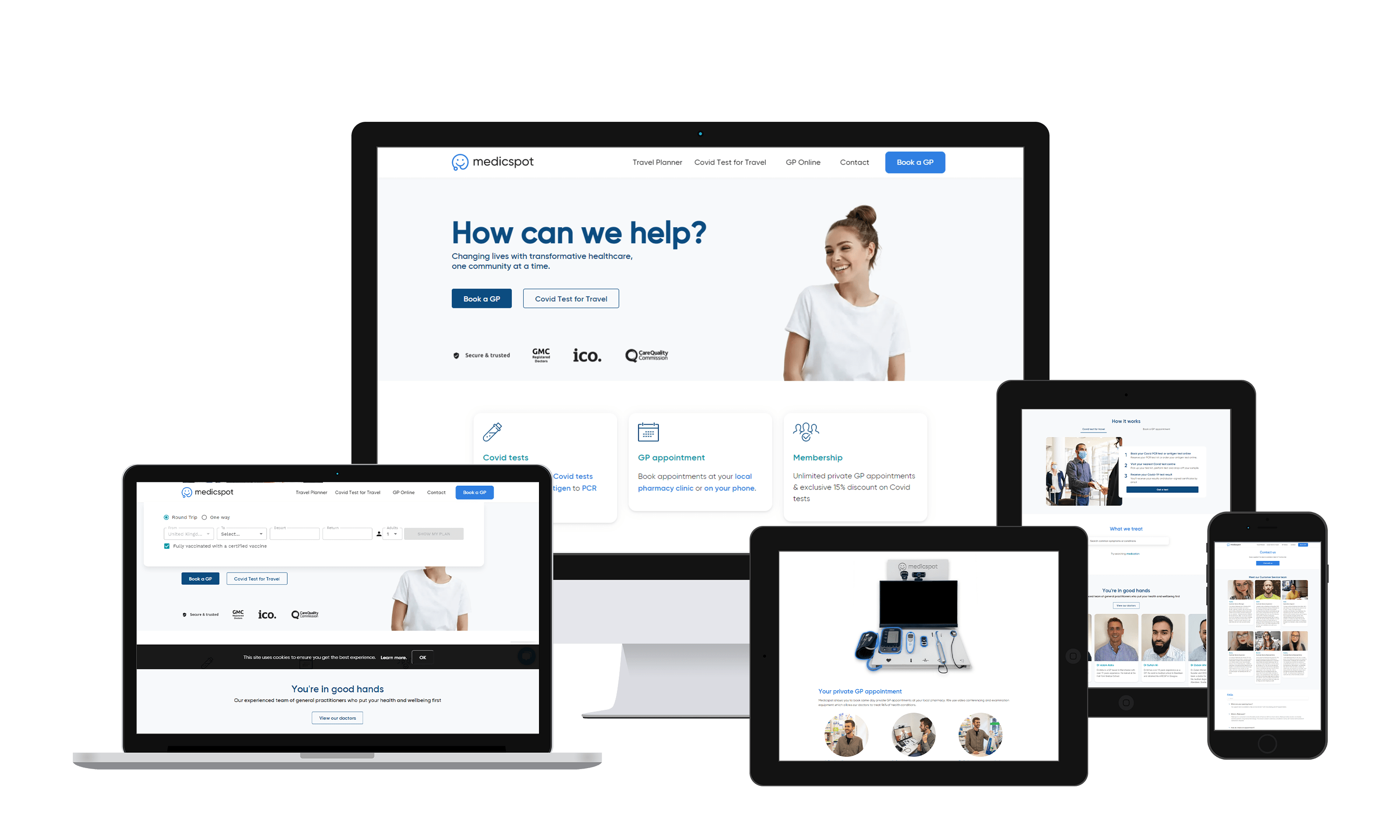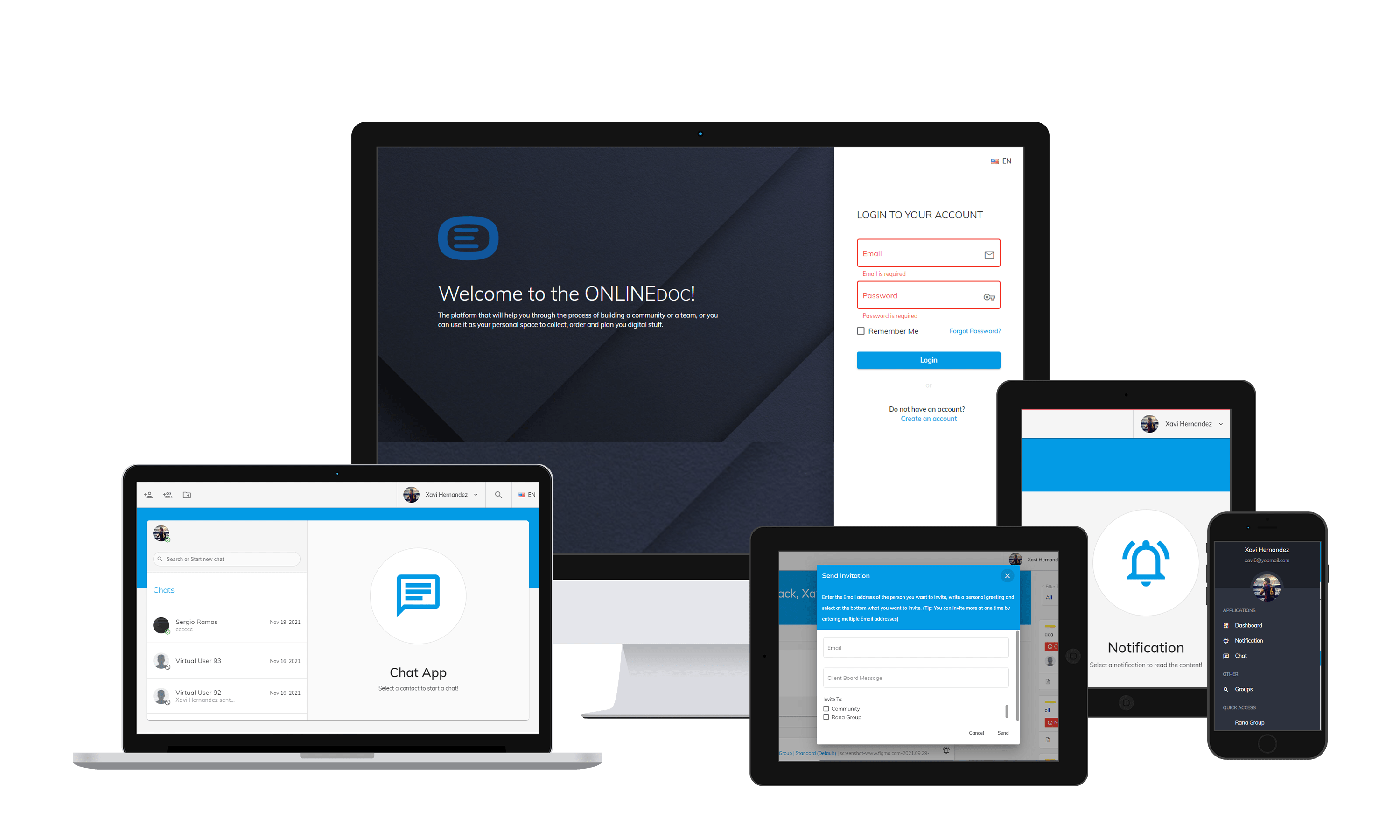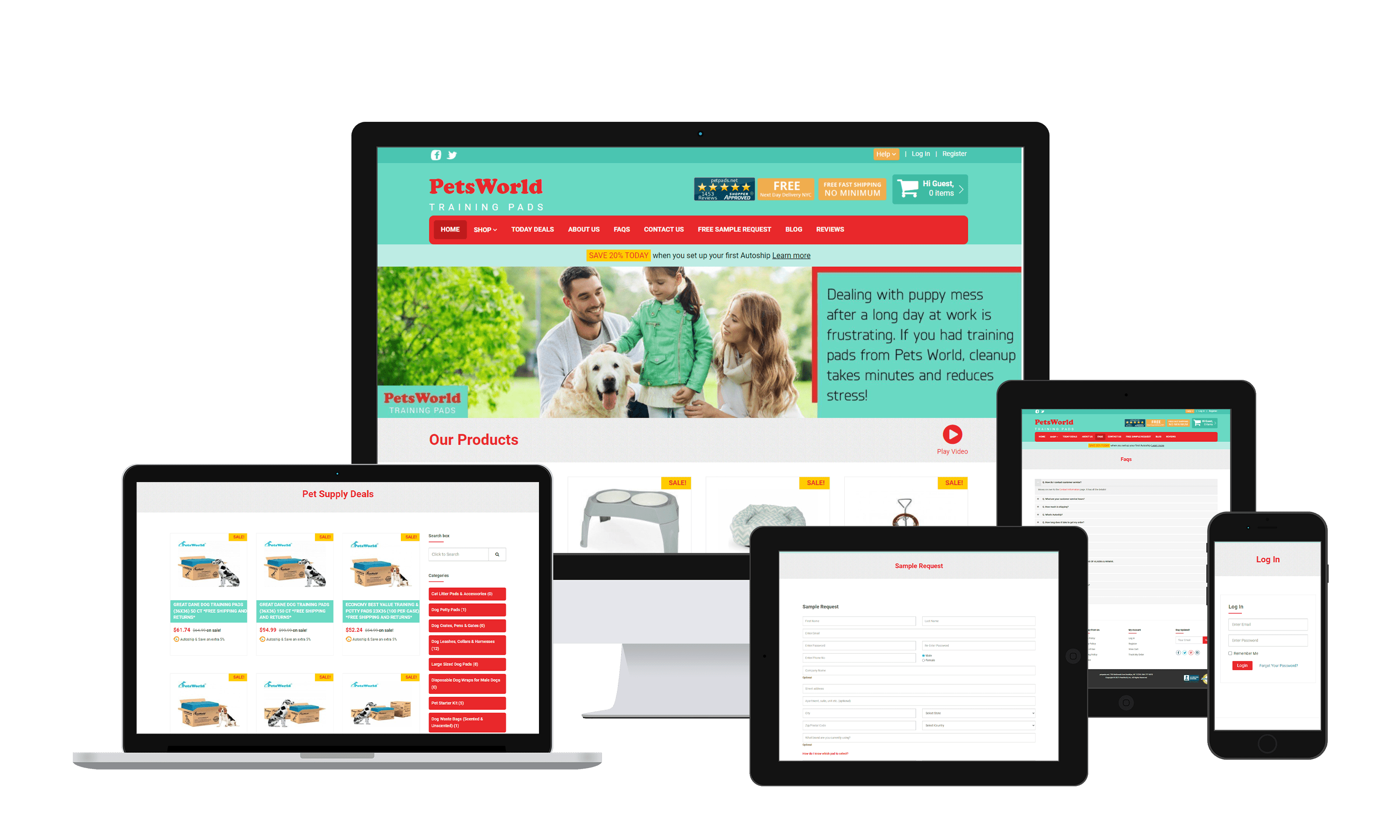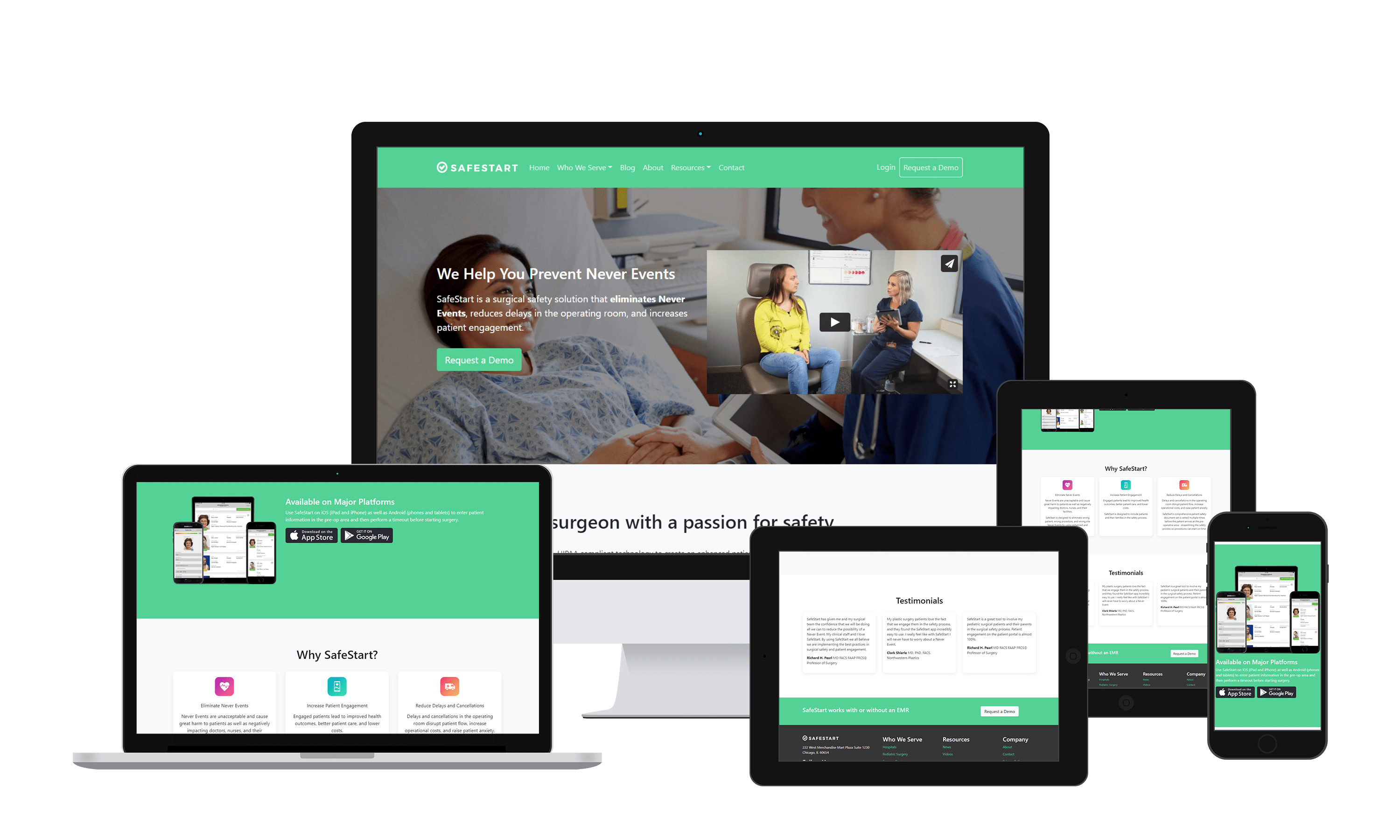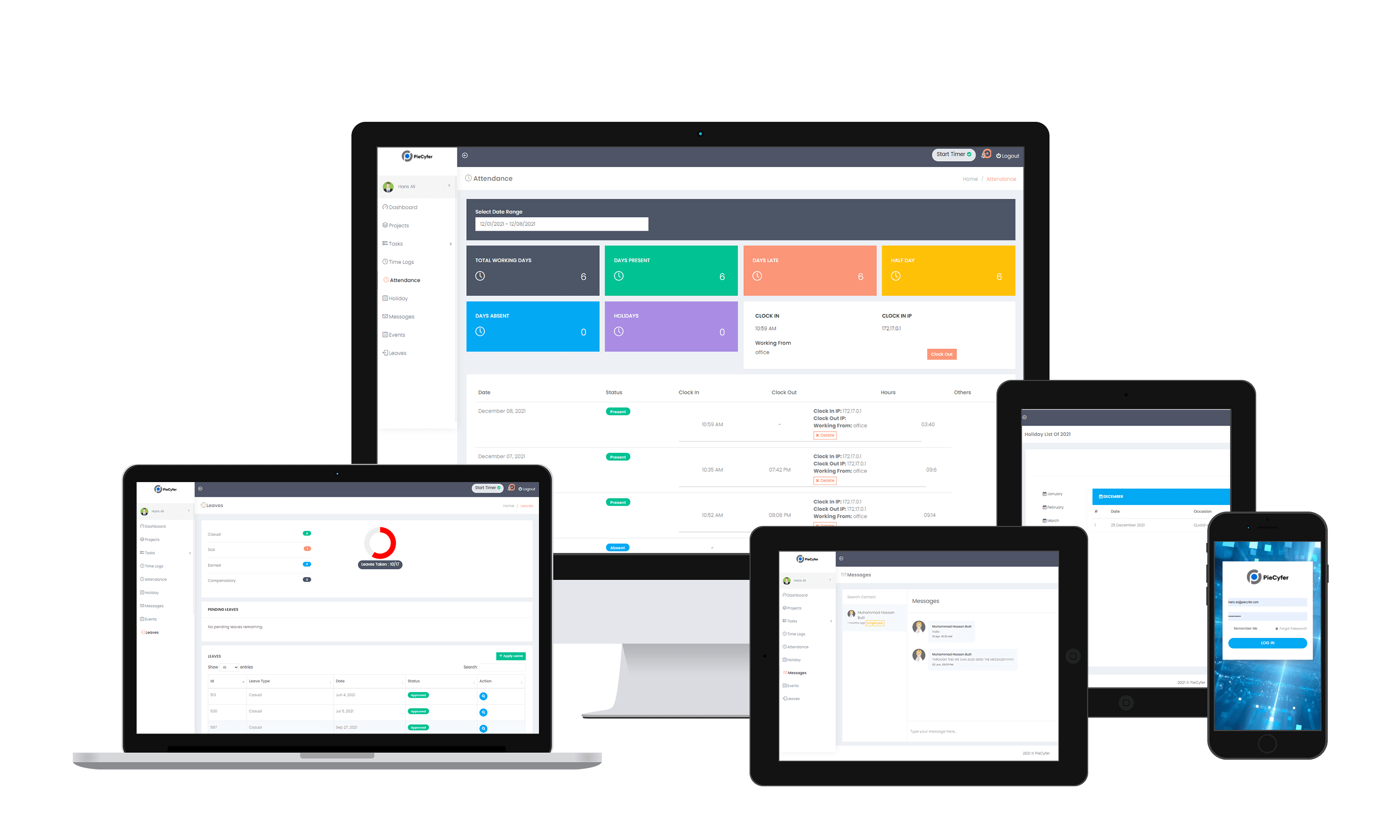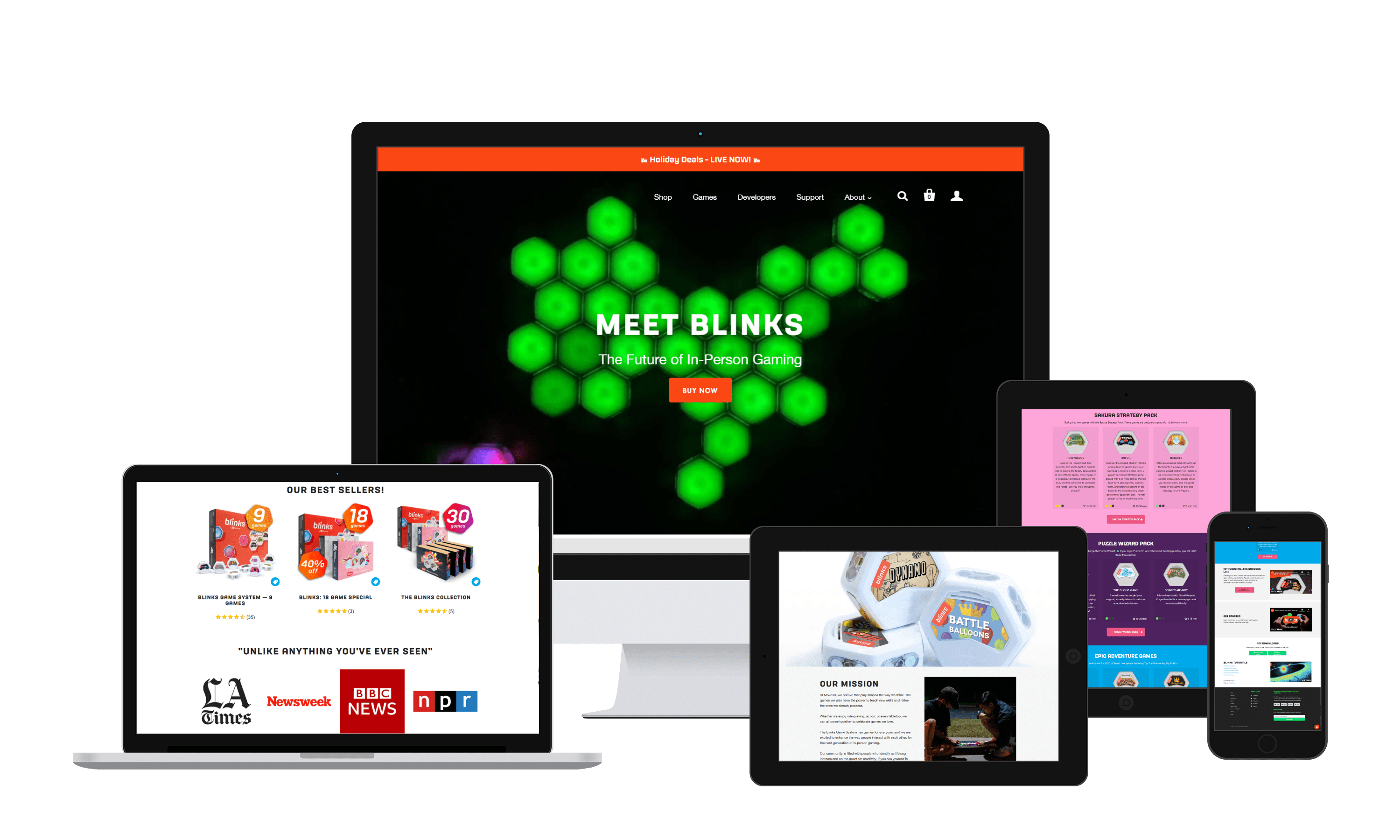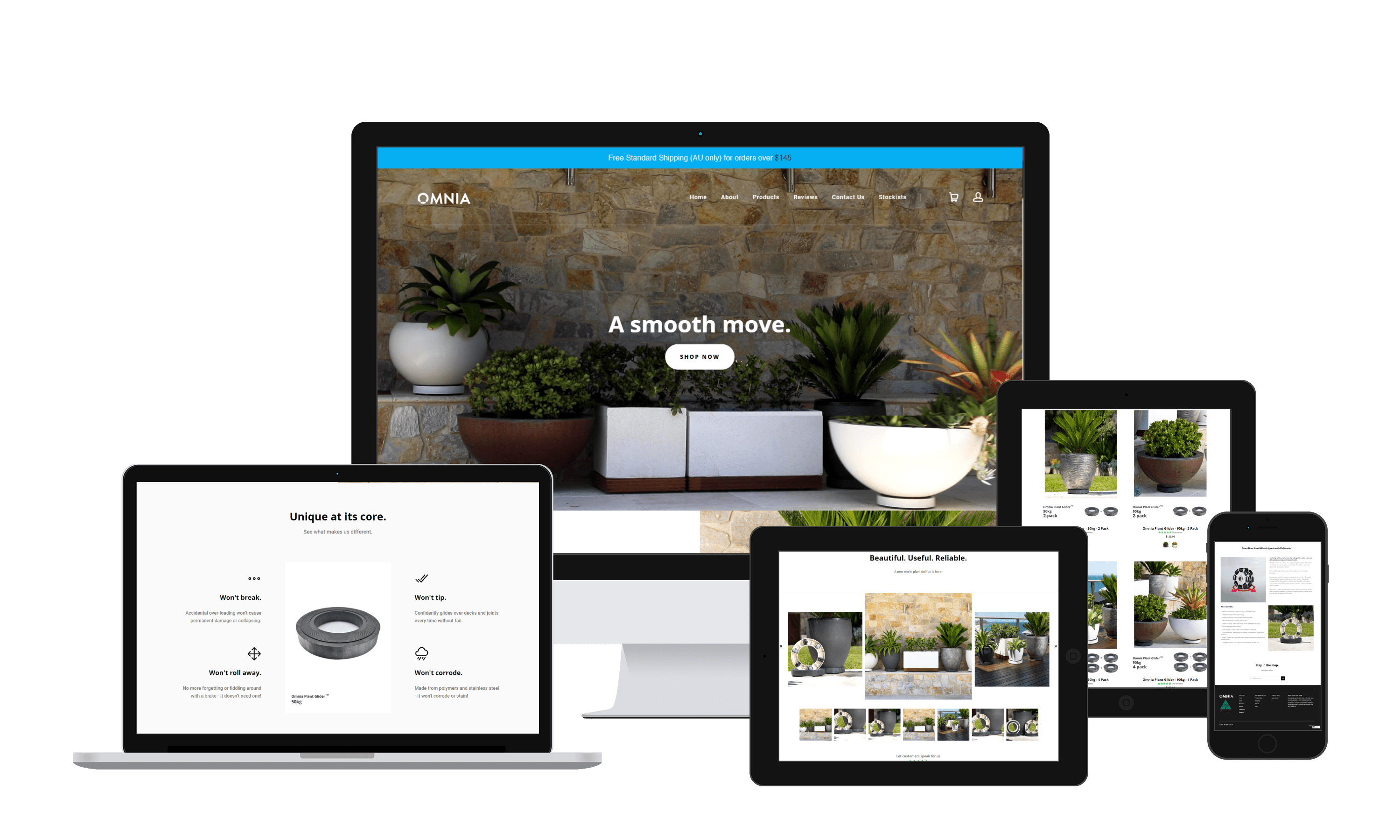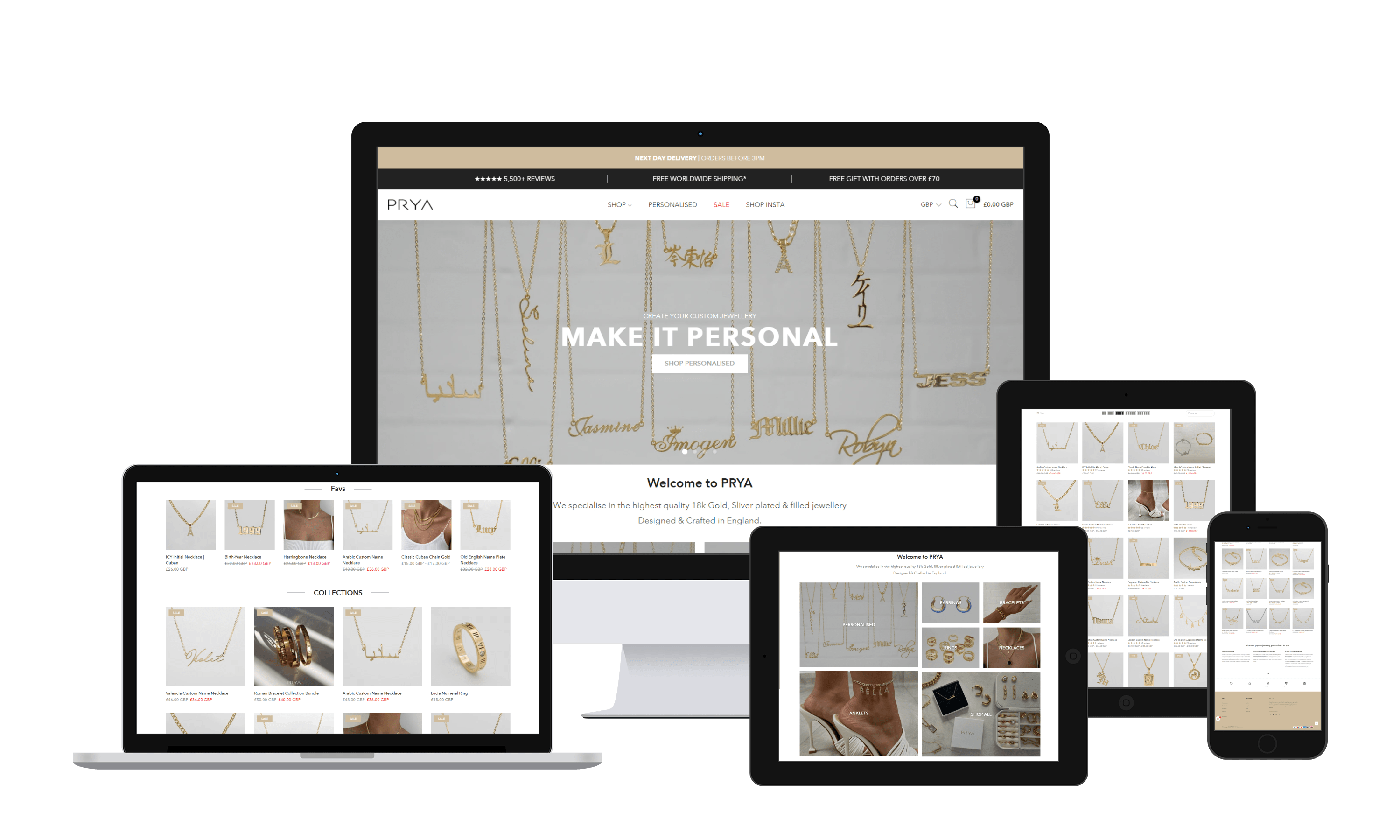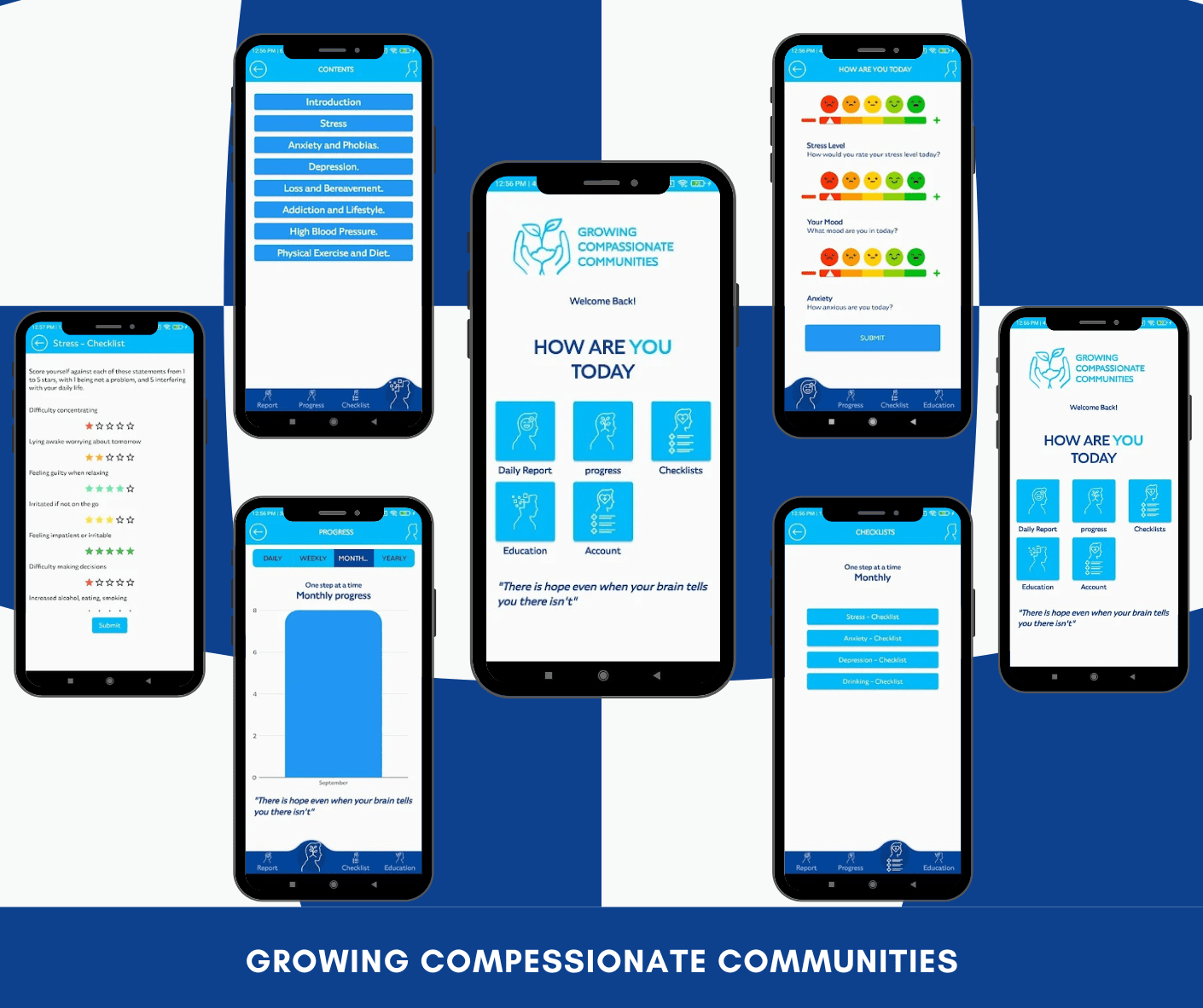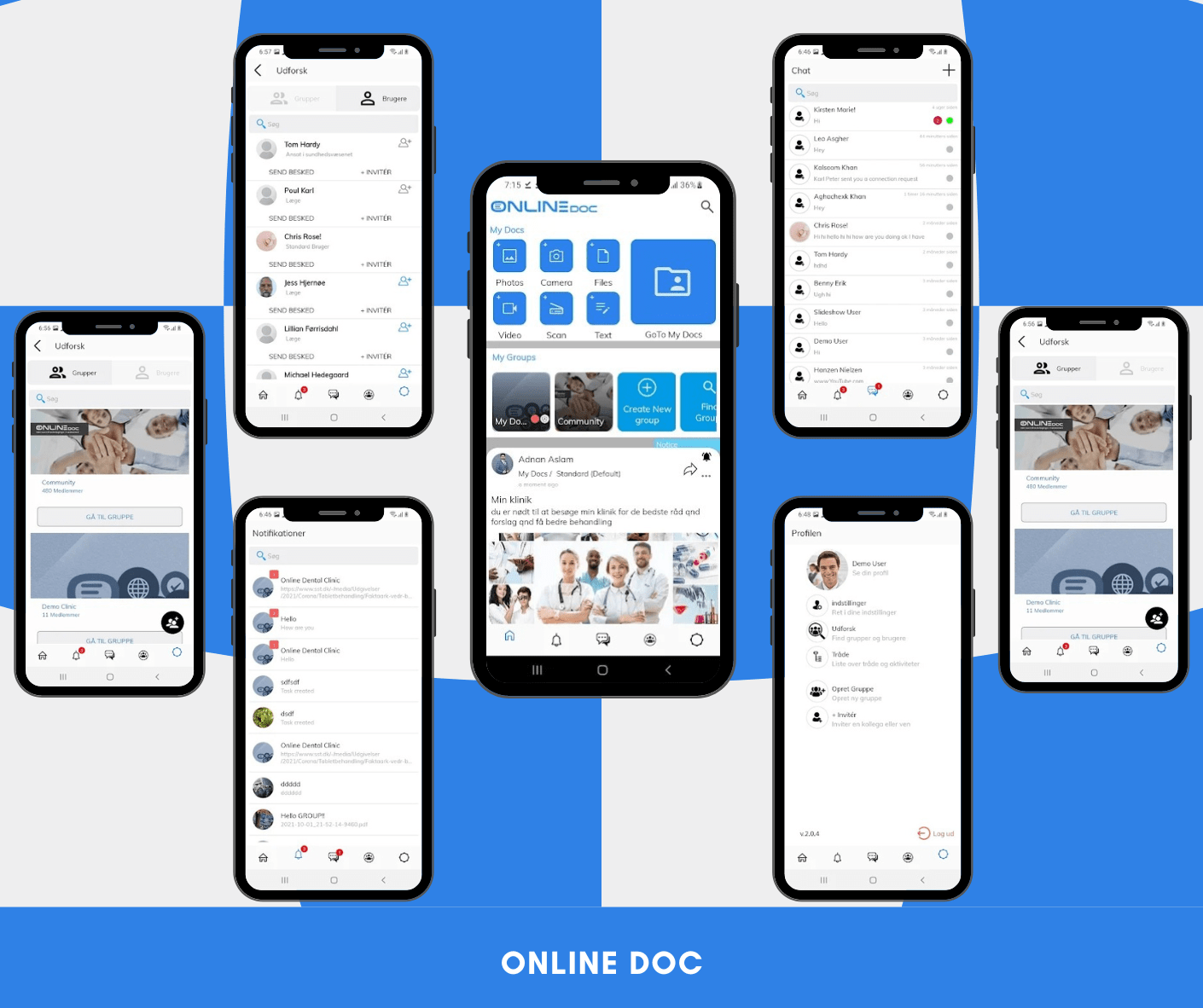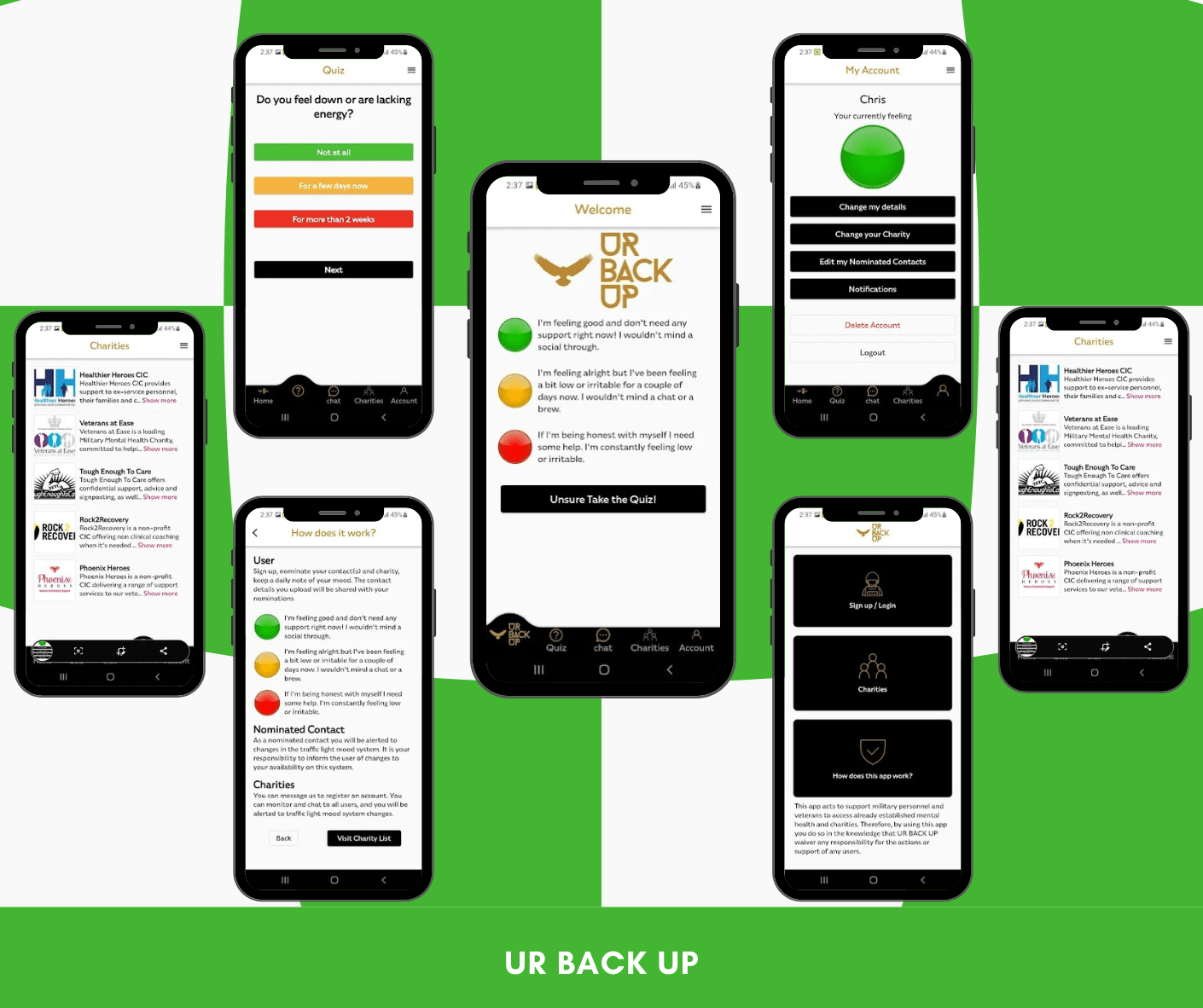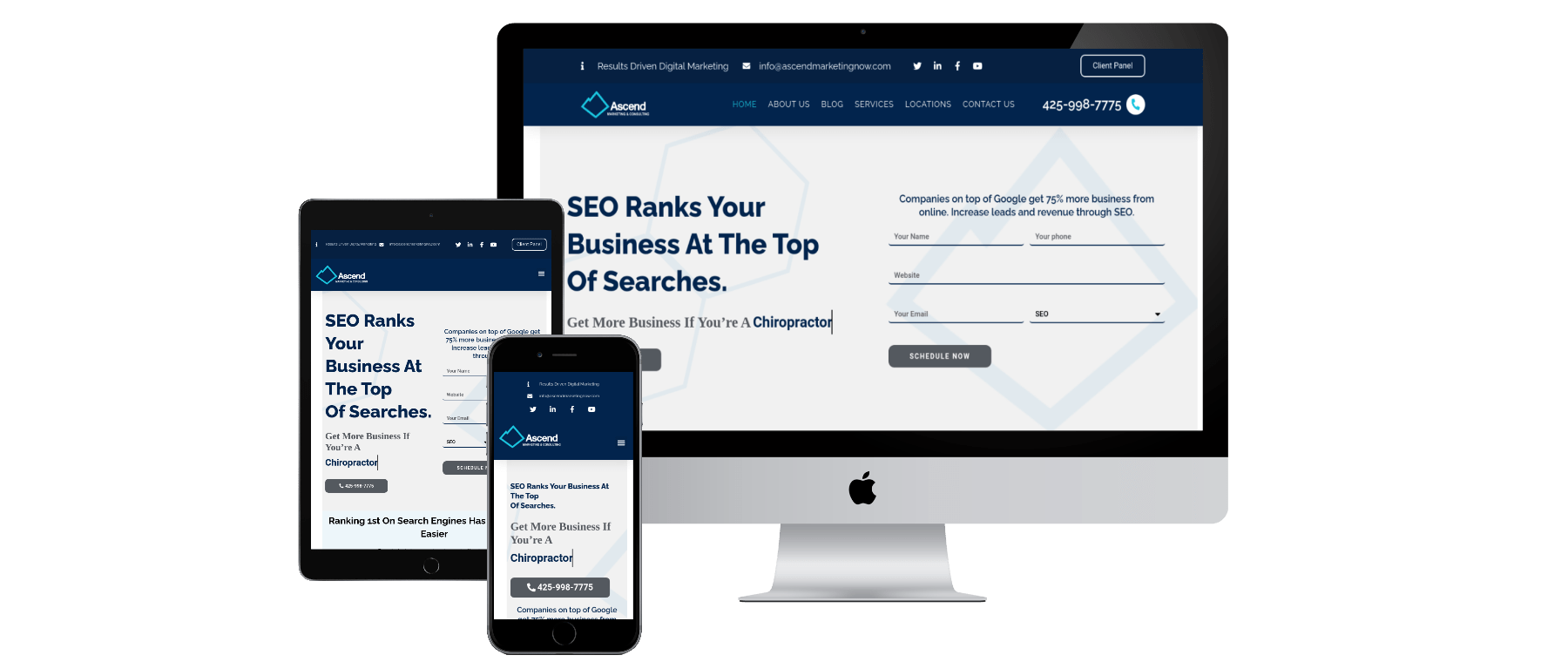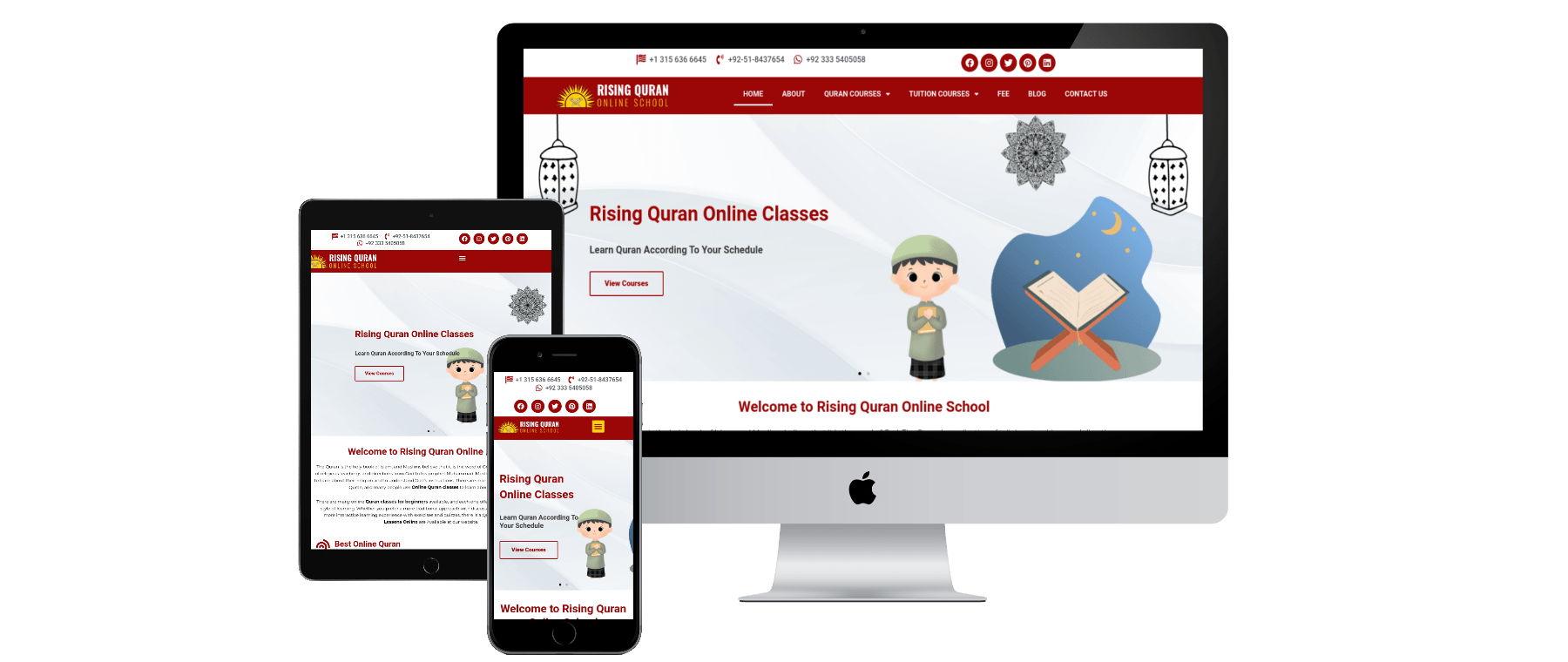
In today's digital landscape, user interface (UI) design and development play a pivotal role in shaping exceptional user experiences. From intuitive navigation to visually captivating designs, UI design bridges the gap between users and technology, enhancing usability and engagement. In this blog post, we will explore the world of UI design and development, its significance in creating remarkable digital products, and the key principles and practices that drive its success.
Understanding UI Design and Development:
Defining UI Design:
UI design focuses on the visual and interactive aspects of a digital product. It encompasses the design of user interfaces, such as layouts, colors, typography, icons, and visual elements, ensuring an aesthetically pleasing and intuitive user experience.
The Role of UI Development
UI development involves the implementation of UI designs using various technologies and frameworks. It brings the designs to life, enabling seamless interaction between users and the digital product. UI developers employ HTML, CSS, JavaScript, and other tools to code and build responsive and interactive user interfaces.
Importance of UI Design and Development:
Enhancing User Experience
Well-crafted UI designs and thoughtful development create intuitive and user-friendly experiences. By aligning the design elements with user expectations and behavior, UI design and development optimize usability and ensure that users can easily navigate, interact, and accomplish their goals within the digital product.
Creating a Strong Visual Identity
UI design establishes a visual identity for digital products, reflecting the brand's personality and values. By leveraging color schemes, typography, and visual elements, designers create cohesive and visually appealing interfaces that leave a lasting impression on users.
Increasing User Engagement
Engaging UI designs and seamless development encourage users to interact and explore further. Through intuitive animations, micro-interactions, and responsive interfaces, UI design and development entice users to spend more time on the digital product, resulting in increased engagement and retention.
Key Principles and Practices in UI Design and Development:
User-Centered Design
UI design starts with understanding the target users, their needs, and their behaviors. User research, personas, and usability testing help create interfaces that align with user expectations and deliver exceptional experiences.
Consistency and Clarity
Consistency in visual elements, layout, and interaction patterns across the interface fosters familiarity and ease of use. Clear and concise messaging guides users and minimizes confusion, ensuring a smooth and intuitive user journey.
Responsive and Mobile-Friendly Designs
With the increasing use of mobile devices, UI design and development must prioritize responsive design principles. Creating interfaces that adapt seamlessly to different screen sizes and devices enhances accessibility and user satisfaction.
Iterative Design and Development
UI design and development are iterative processes that involve continuous refinement. Feedback, user testing, and data analysis inform improvements and enhancements, ensuring the interface evolves to meet user needs and preferences.
Conclusion
UI design and development are instrumental in shaping remarkable user experiences in the digital realm. By combining aesthetics, functionality, and user-centric principles, UI designers and developers craft interfaces that captivate and engage users. The careful integration of UI design and development practices ensures seamless interaction, optimal usability, and visual appeal. Embrace the power of UI design and development to create digital products that leave a lasting impact and drive user satisfaction to new heights.





